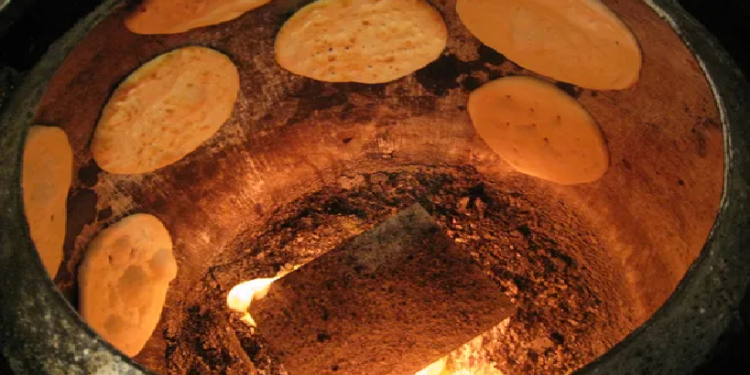MULTAN: In the culturally rich region of southern Punjab, the tradition of making roti in a mud oven (Tandoor) is slowly dying as the younger generation does not like it and prefers to buy roti from hotels.
A common feature in almost every home, Tandoor is not only a cooking tool but also a symbol of inclusive society and good traditions. A good gathering of village women can be seen making bread.
Old women who preserve this ancient practice not only provide bread for their families, but also develop good relations with their neighbors by increasing friendship.
However, there has been a shift, with younger generations eschewing labor-intensive jobs and opting for the convenience of commercially baked bread from hotels.
Huda Bukash, a traditional clay oven maker in Pipli Village, Vehari District, said that the interest in this craft is waning today. “People don’t want to buy clay ovens anymore,” he said, adding that women prefer bread bought in hotels.
One of the main obstacles to the rise of indoor Tandoor baking is the difficult arrangement of leaves from different clays and different woods, and the complicated preparation that can take three to four days. However, it gives the bread a unique flavor that sets it apart from commercially prepared bread.
While the elderly prefer thick and homemade bread, the younger population is changing their culinary preferences and relying on lighter bread.
However, Mr. Bakash said that the true meaning of Tandoori bread is revealed when it is served with a bowl of garlic, because it takes the gastronomic experience to new heights.
Special events in village life are not complete with the smell of Missy’s bread, onions and many other spices. This ‘missi’ bread has an ancient tradition and cultural significance in the region.
Rural areas are rapidly changing rural environments as the separation between family members decreases and households run out of space to install clay ovens.





















